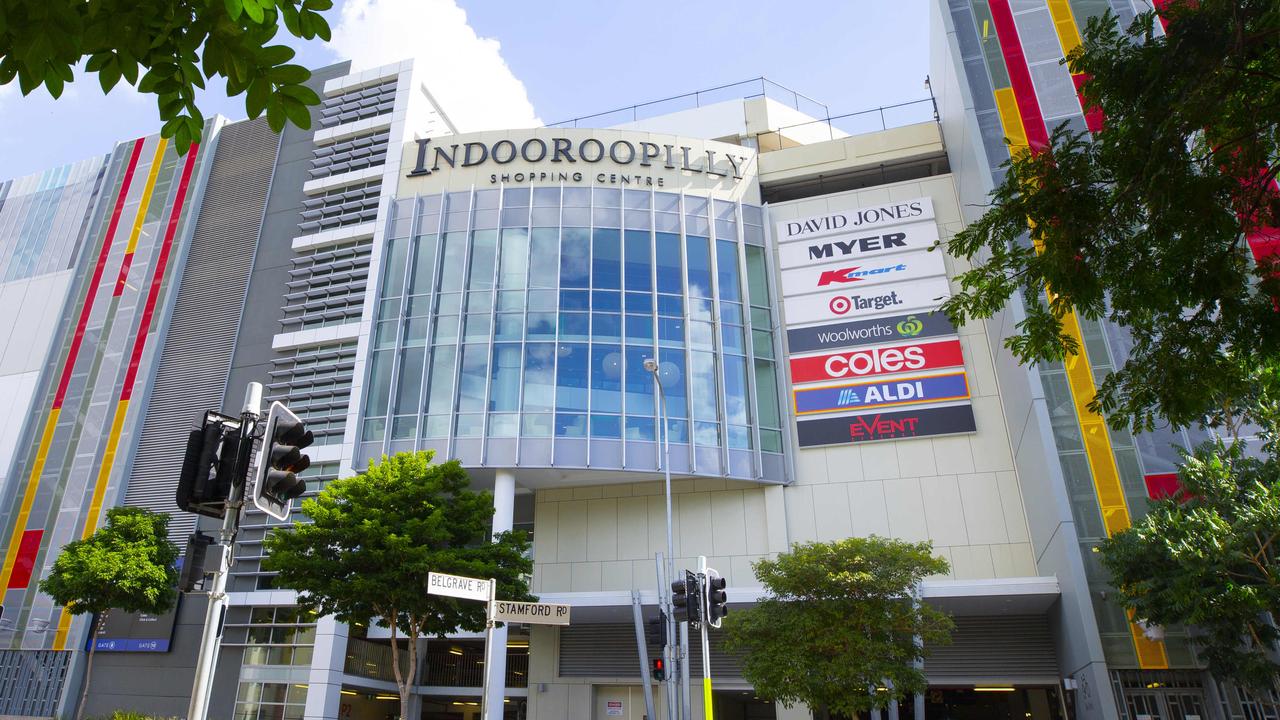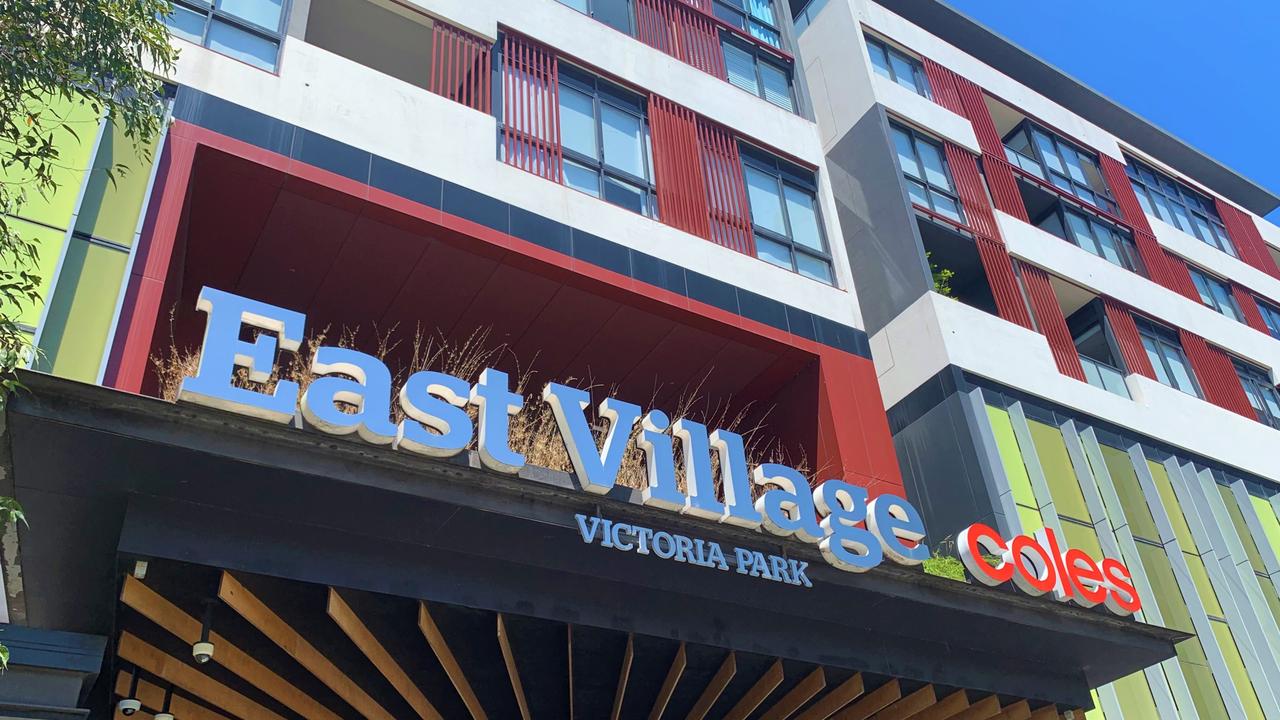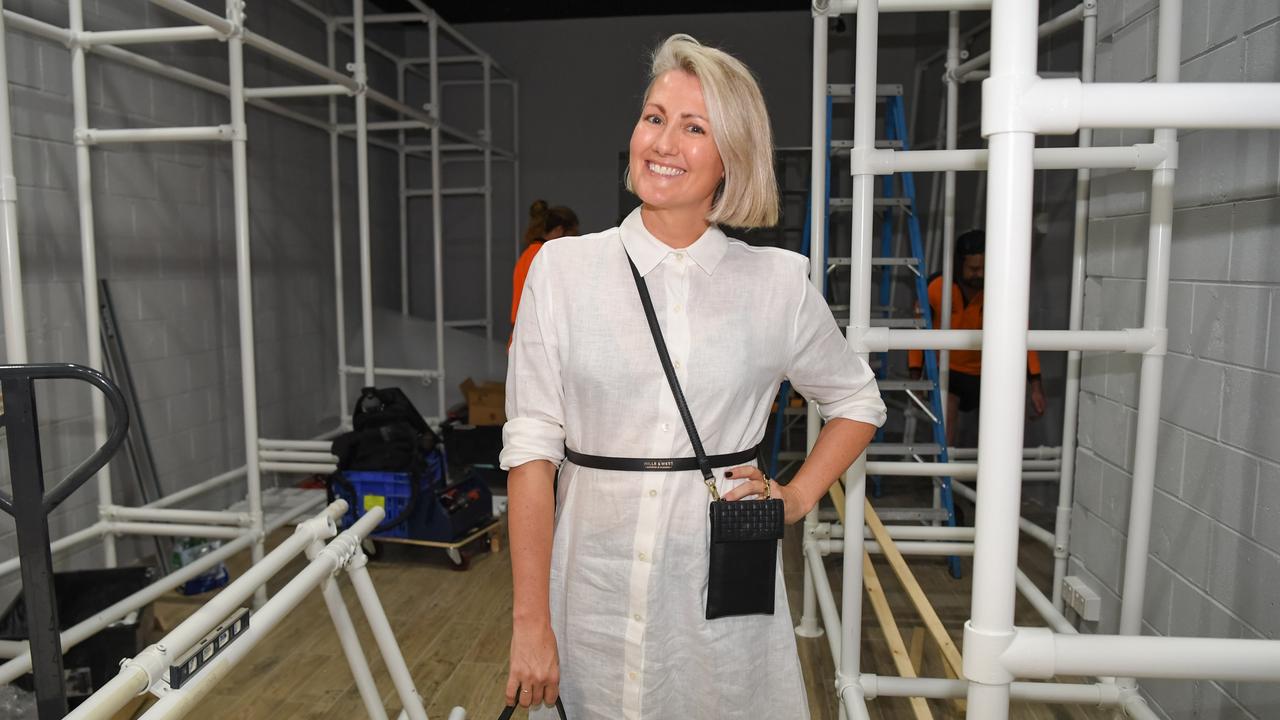Radical plan to save Australia’s shopping centres
Smashed by online retail and battered by COVID, shopping centres have been all but written off. But one reckons it has the secret to survival – and it involves Ninja Warrior.
EXCLUSIVE
An Australian shopping centre owner has been disarmingly frank about the industry’s woes, admitting centres have become too “ homogenised,” and had failed to fight back against customers drifting online.
“Shopping centres are still really relevant; they’re the heart of the community. But retail is struggling,” Daisy Bell, national retail design manager of mall owner Mirvac told news.com.au.
“I just don’t think that we’re providing the experience that people want anymore.”
Mirvac has a plan to get people back in love with shopping centres. But your centre could look radically different with niche and online brands vying for space with the likes of Woolies, JB and Aldi.
And Mirvac is getting the brains behind hit TV reality show Ninja Warrior to make its new malls a reality.
A retail watcher told news.com.au shopping centres needed to be cleverer at filling empty shops.
“Often they add another nail salon, or massage clinic and these businesses then simply cannibalise one another’s revenues.”
RELATED: Warning of Australian ‘dead malls’ in wake of coronavirus

There’s no doubt 2020 has been a disorientating year for shopping centres. Sales have plummeted, and then skyrocketed, as lockdowns waxed and waned. A Deloitte Access Economics report, released today, has shown fashion stores continue to falter.
Some major retailers have threatened to reduce store numbers unless rents are cut as customers moves online.
“Retail was disrupted long before COVID. Online was already doing that but COVID has sped things up. It made us realise we needed to do this now,” said Ms Bell.
One way Mirvac – which also owns Sydney’s Broadway and Birkenhead Point shopping centres as well as a clutch in Brisbane and Melbourne – is shaking things up is with the debut of “WeShow” at the East Village centre in Sydney’s inner south suburb of Zetland.
The firm calls it a “retail-as-a-service concept”. In layman’s terms, it’s a space designed specially for online retailers that enables them to set up shop for a fraction of the price and time it would normally take. Rather than a month to build the interior of a store, Mirvac reckons it can now be done in a single day.
The company hopes it could be just the thing to coax Insta-famous, but hardly huge, fashion, footwear and homewares stores into shopping centres.
“All of the digital brands want to be in physical, they all see the importance of connecting with the consumer” said Ms Bell.
RELATED: Coles selling ‘luxury’ item half-price

$400,000 TO FIT OUT ONE STORE
The first store to head from online to real life is Sydney leather goods brand Hills & West.
It sells cardholders, backpacks and handbags ranging from $49 to $590. The bags are produced in Redfern, not far from the store.
Founder Aisha Hillary-Morgan said customers looking to spend $500 on a bag often wanted to pick it up and touch it before making the plunge.
But the cash she would have needed to stump up to have a shopfront is eye wateringly high. A premium fit out can take a month to complete and cost around $400,000; annual rents can be sky high too, while five year leases are standard.
“I’ve been wanting to go into retail but it wasn’t an option because I didn’t have the investment available. This is a perfect solution where we can open in just a few days.”
“Landlords really haven’t changed their model to suit the needs of these digital native brands,” said Mirvac’s Ms Bell.
“Leases are too onerous and long term, while fit out costs and rents are too high. What we did was come up with a solution that removed those barriers to entry.”
RELATED: Kmart launches low-stress shopping

SCAFFOLDING AND FANCY HANDBAGS
When news.com.au visited the concept store, which was still under construction, the most notable feature was wall-to-wall white utilitarian scaffolding.
Ms Bell admitted WeShow was a “raw solution” but insisted basic could also be beautiful.
“Originally we were trying to be too designer; it was too expensive and we weren’t able to build it fast enough. So we came up with the scaffold idea and it’s great.”
Clothes can be hung from the scaffold or planks placed along them for other items like homewares to be displayed. The scaffold can be easily put together and ripped apart depending on what the next retailer wants.
Centres filling empty shops with temporary tenants is not unknown - often ‘pile ‘em high’ fashion stores with low prices, but little charm. Ms Bell said WeShow was different – the stores weren’t hidden away in lonely corners, set up to fail, and the fit out was better quality.
“Many stores get the temperature of lighting wrong or they just illumine the ceiling and the floor but not the products.
“We have lighting that runs across the scaffolding and it perfectly illuminates the products.”
NINJA WARRIOR CONNECTION
Mirvac partnered with Stagekings which, among other things, built the sets for the TV show Ninja Warrior.
“These guys are used to creating things in a matter of hours,” said Ms Bell.
“Fit outs can take 28 days; currently this fit out takes two days and I reckon we can get it down to one.
“So we’re not losing rent for 28 days and we’re reducing downtime for the retailer.”
Neither Mirvac nor Hills & West would reveal how much had been spent on the space and shelving system or what the typical cost for the retailer would be. It could be an upfront fee or a revenue sharing scheme, but suffice to say it wasn’t $400,000.
“I wanted to invest my money in making more beautiful products,” said Ms Hillary-Morgan.
Professor of Marketing at QUT Business School, Gary Mortimer, said empty shops were becoming more common meaning landlords had to be smarter with spare spaces.
“Multiple empty stores detract from a positive shopping experience. With fewer choices, shoppers are less likely to visit centres will high vacancy rates.
“It also becomes challenging for centres to lease space and demand costly fit-outs in a centre with high levels of vacancies. By developing a flexible and expedited fit-out for ‘pure-play’ retailers, it reduces those entry costs and risks.”
Prof Mortimer said Mirvac’s plan could have legs, bringing more retailers in while also exciting regular shoppers with new brands.

Mirvac said the concept was not for every centre and suited “progressive” customers.
“A lot will be shopping online already, wanting to buy things they see on Instagram, lesser known brands, so it suits affluent and urban places.”
Hills & West has the space for three months but that could be extended if things go well. Mirvac said the East Village site is a pilot but the concept will be rolled out to other centres if it proves popular. If retailers see success, it could tempt them to take out a more conventional contract with Mirvac in an existing shop.
Ms Bell said the future of the shopping centre could be this mix of everyday brands alongside more local or niche names, or retailers that rotate regularly. Coles is a few shops away from Hills & West.
“Shopping centres have become homogenised so I really hope this is the future. I don’t think we were providing the experiences that people wanted; we have to start doing that,” she said.
“We’re now able to have a relationship with these brands that we were never able to have a relationship with before.”




